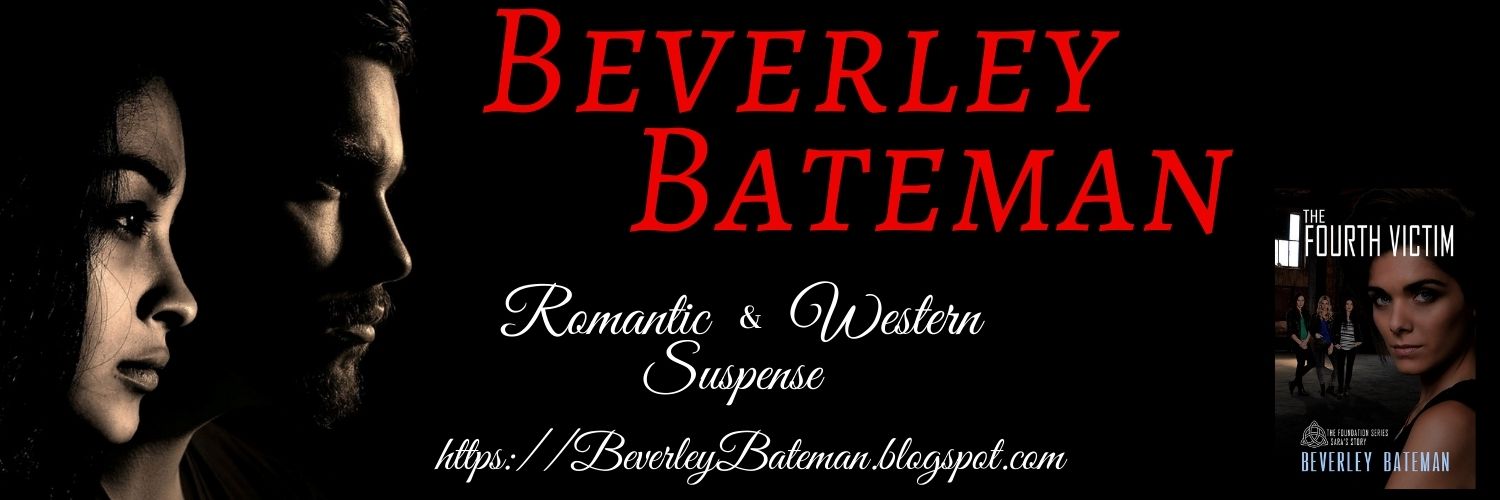It’s a great group, full of lots of information. Check it out.
Authors can
make enough money to make a living in a
variety of ways. Here are some of the most common business models employed by successful author
businesses.
1. Single-Minded Model: Write Fast, Publish
Often
Writing in a
popular genre, writing fast, publishing often. Often Amazon only to take advantage of KU (Kindle Unlimited), and often ebook only, or with print and
audio as an also-ran.
2. Wide Model: Multiple Formats and Retailers
Referred to
in the community as “going wide”, publishing through Kobo, Apple Books, Google Play, and
distributors like Draft2Digital and PublishDrive as well as KDP, and IngramSpark as well as Createspace
for books. And multiple formats: ebook, print, audio. The idea is to reach as many readers as possible and
build a growing readership, steadily, over time.
3. Books Plus Mentoring Model: Information
Products and Consultancy
A nonfiction model, whereby books are supplemented by speaker and consulting income, together with
higher-margin, information products connected to the book, (often done as back
of the “room” sales, after a speaking gig or webinar)
4. Books Plus Teaching Model: Supported Learning
This is true
teaching, not just an information product. The time-honored way is
through an educational establishment, like a university, but now it can
happen online but it distinguishes itself from Model 3 by being real, active teaching in a supported learning
environment, with the author, or another real person, correcting modules
and exercises, not just giving information.
5. Books Plus Reader Membership Model: Benefits For
Close Readers
Keen readers
are invited to subscribe monthly or annually to a membership program
that offers various benefits. Again, this generally works better for
non-fiction authors, although some fiction authors, especially women’s and
romance novelists, have made a great success of these.
6. Books Plus Sponsorship or Patronage: Support
from Other Individuals or Businesses
Wealthy
patrons have never been as generous to writers as to fine artists, for
some reason, and these days, it’s more likely to be a brand, arts council or other sponsor offering
money, and wanting something in return for the investment.
Often, awareness from your fans or followers. Another
new opportunity for this model is crowdfunding
through Patreon or similar.
7. Multiple Streams of Income
The most common, and perhaps the safest, business
model but one that can
make a creative business owner very time poor. In addition to combining any of the
above, authors can also now benefit from affiliate income
through their web Any comment site recommendations, paid freelance writing gigs, prizes,
grants and other options. Combining these is a workable way can take time, but when
you get the mix right, it can be very rewarding, creatively and commercially.
Anybody work with some or all of these? How about crowdfunding? How do they work for you?


ReplyDelete真愛旅舍視頻聊天室-live173影音live秀-免費視訊
173免費視訊
live 173免費視訊
showlive視訊聊天網
免費視訊聊天室
免費視訊交友
173免費視訊聊天網
免費視訊交友
金瓶梅視訊聊天室
台灣辣妹影音視訊聊天室